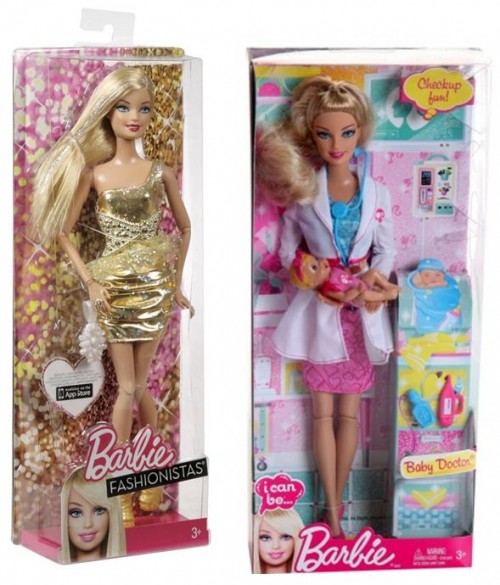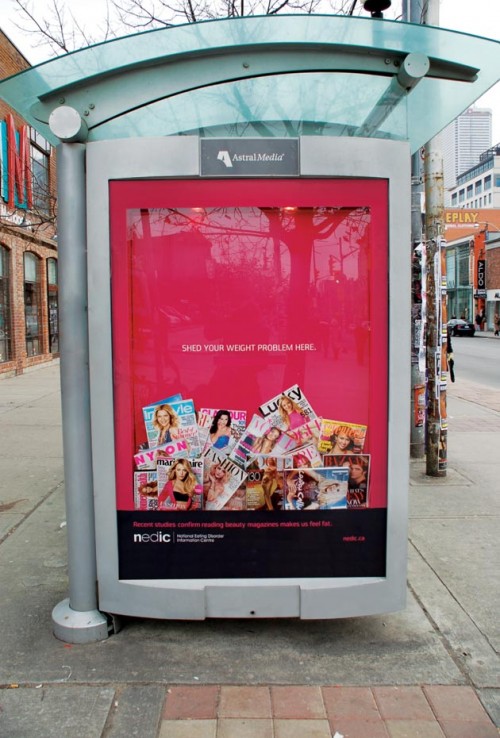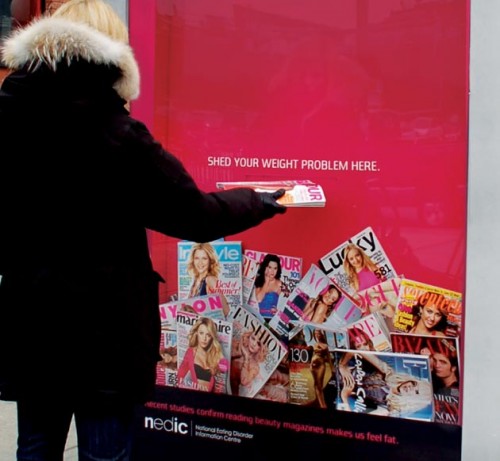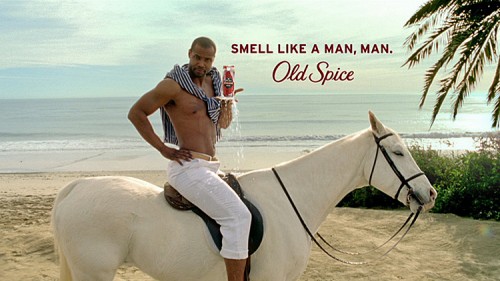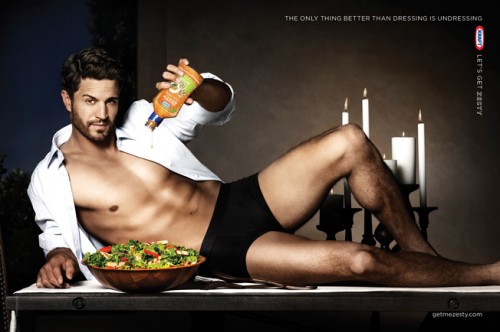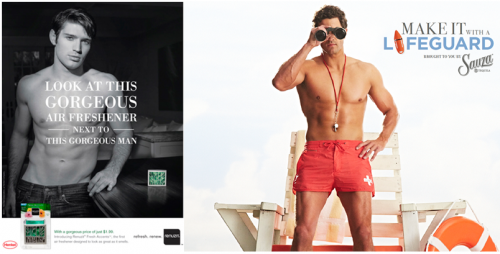Flashback Friday.
If whiteness is the neutral category — meaning that people of color are commonly understood to be raced while white people are not — then to be non-white is to be different in some way. The “bad” difference is the deviant (for example, the “welfare queen,” the “thug”), while the “good” difference is the exotic, the interesting, the hip, the cool… the hot or spicy. Whiteness, in contrast, is boring, bland, or “vanilla.”
This two-page advertisement for Crystal Light beautifully illustrates these cultural ideas. Notice the way the ad goes from black-and-white to color, from a white model to a model of color (but not too dark-skinned), from straight to curly (but not too curly) hair, from a rather plain dress to one that looks vaguely ethnic, and from awkward standing to dancing (of course). In the ad, whiteness is, quite literally, bland and being of color is framed as more flavorful.
Lisa Wade, PhD is an Associate Professor at Tulane University. She is the author of American Hookup, a book about college sexual culture; a textbook about gender; and a forthcoming introductory text: Terrible Magnificent Sociology. You can follow her on Twitter and Instagram.


